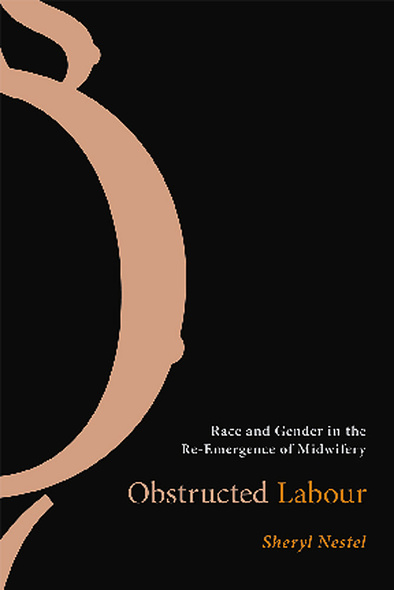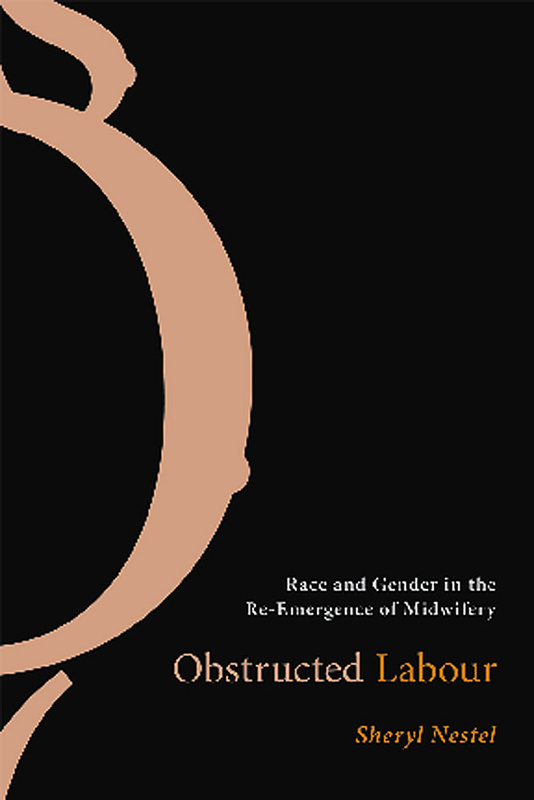
Obstructed Labour analyzes how the movement to legalize midwifery in Ontario reproduced racial inequality by excluding from practice hundreds of professional midwives from the global south. Global macroprocesses of power, institutional forms of exclusion, and interpersonal expressions of racism all play a part. Sheryl Nestel shows that unequal relations between women underlie the successful challenge to patriarchal medical authority mounted by provincial midwifery activists. This is a disquieting but fascinating counter-history of the re-emergence of midwifery.
Obstructed Labour should be read by those who want to understand how racism works in both policy and everyday practice as well as by those interested in pursuing equity in the struggle for women’s reproductive rights.
Awards
- 2008, Winner - Book Award, Canadian Women's Studies Association
An important, at times heartbreaking, account of some of the contradictions at the heart of the new midwifery. This is a book that those of us in medical sociology, women’s studies, and critical race studies will want to read and to think about. And those of us who care – care deeply – about the past, present, and future of midwifery need to read this book.
Acknowledgments
Acronyms
Introduction: A New Profession to the White Population in Canada
1 Technologies of Exclusion
2 Midwifery in Ontario: A Counter-History
3 Midwifery Tourism
4 “Ambassadors of the Profession”: The Construction of Respectable Midwifery
5 Narratives of Exclusion and Resistance of Women of Colour
Conclusion: The Construction of Unequal Subjects
Appendix A: Information letter for research participants
Appendix B: Poster to solicit study participants
Appendix C: Chronology of midwifery in Ontario
Appendix D: Interview for immigrant midwives of colour
Appendix E: Interview for white “non-elite” midwives
Appendix F: Interview for white members of midwifery bodies
Appendix G: Interview for women of colour who participated on midwifery bodies
Notes
References
Index






